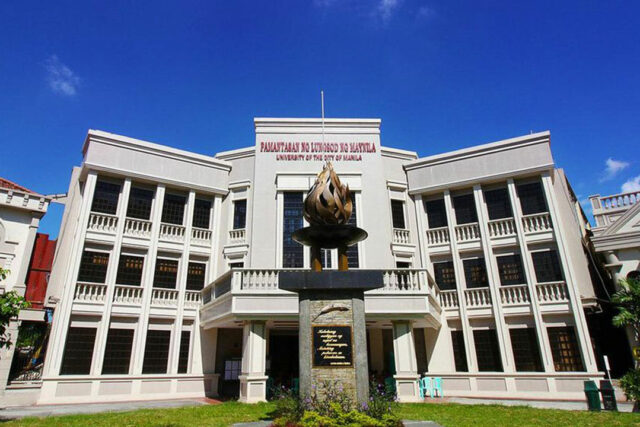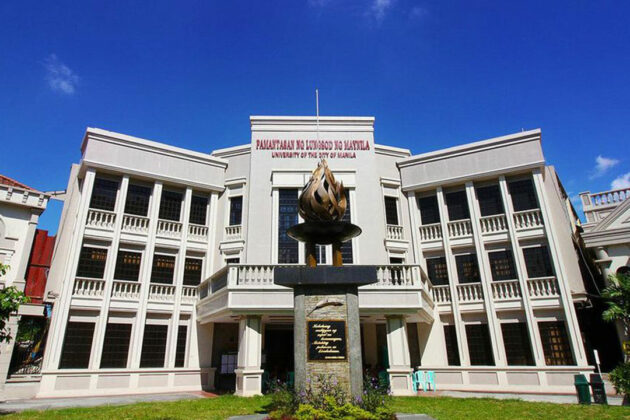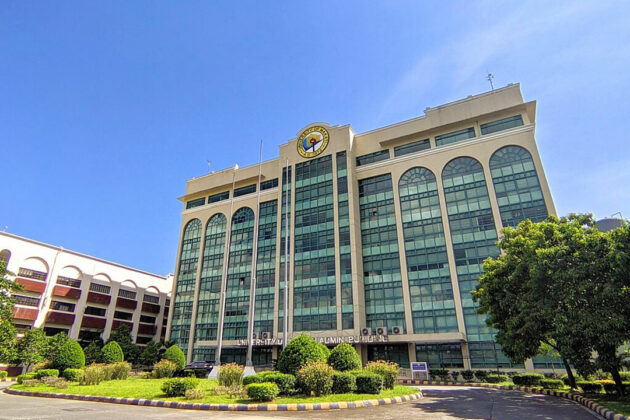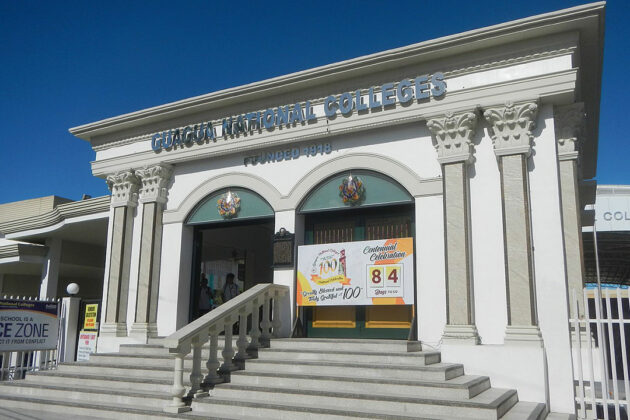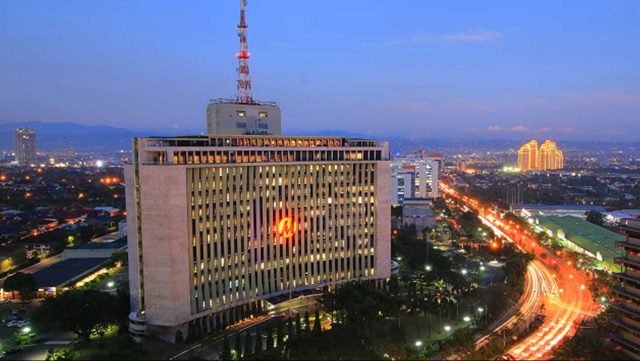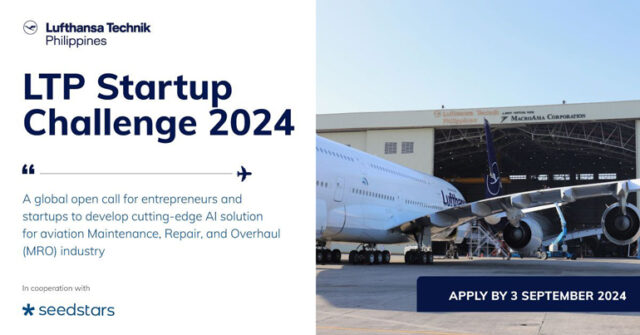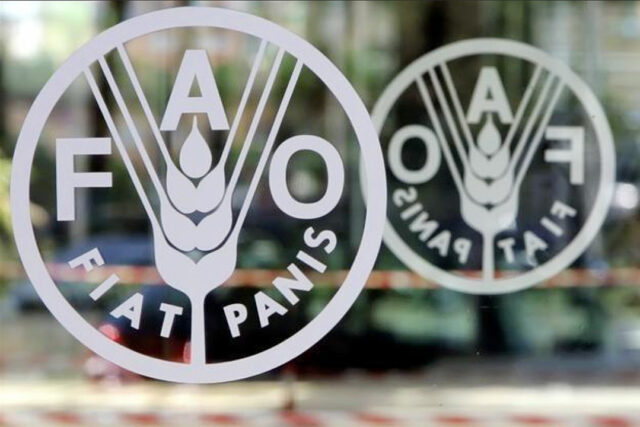Motherhood and mission statements
One dictionary defines a motherhood statement as a statement that is vague, general, and unobjectionable. It is typically used in politics or business to appease an audience without making any real promises or commitments. A motherhood statement is usually a generic statement that sounds good but provides no real substance. For example, statements like “Our country must contribute to world peace” or “We just need to love one another, and all will be fine” fall into this category. They sound good but provide no real depth or actionable solutions.
A mission statement as defined by Wikipedia is a short statement of why an organization exists, what its overall goal is, the goal of its operations: what kind of product or service it provides, its primary customers or market, and its geographical region of operation. Not only does the mission statement state what the organization will do or seek to achieve, but by being specific, it defines what the organization will not do or seek to achieve.
Clearly, motherhood statements cannot be used as mission statements.
Mission statements are quite popular, so much so that if you go to the website of any organization, you can easily find their mission statements.
In this column, we would like to elaborate on the mission statements of the three educational institutions we have been involved with, the University of Makati, the Pamantasan ng Lungsod ng Manila, and the Guagua National Colleges.
In the 1990s, Makati City took off as the premier business capital of the Philippines. However, the fruits of progress have not sufficiently trickled down to the citizens. They saw plentiful job opportunities but did not benefit from them. An indication of this is that the population of Makati triples during weekdays as people outside of Makati commute to the city to work in the companies operating in Makati.
Then Makati Mayor Jejomar Binay was aware of this lack of employment opportunities among the Makati citizens. He went on a campaign asking the businesses operating in Makati to hire more of their employees from the ranks of the residents of Makati. Their usual response was that willing as they may be to comply with the request of the mayor, many of the citizens of Makati were not qualified for the available positions.
In response, in the year 2000, as part of the strategic plan to make University of Makati (UMak) education more relevant, the administration, through then President Tomas B. Lopez, Jr., launched the Dualized University Education System (DUES) among stakeholders and partners from the government and private sector.
Basically, UMak approached the businessmen operating in Makati City and offered them partnerships in designing and implementing the professional courses of UMak. This would ensure a perfect match between what UMak teaches its students and what employers expect from their employees. Under the DUES program, UMak students are assured of several job openings upon their graduation. On the other hand, Makati employers are assured of a pool of properly educated employees from which they could draw.
In short, the mission statement of the University of Makati is to provide the education that will allow its students, the residents of Makati to qualify for the available jobs in the city of Makati.
The City of Manila, faced exactly the opposite situation of the City of Makati.
The migration of business from Manila to Makati meant the decline in the job opportunities for the citizens of Manila. Graduates of the Pamantasan ng Lungsod ng Maynila (PLM) faced the same dilemma as that of our Overseas Filipino Workers. Jobs are scarce in Manila and so upon graduation they must seek job opportunities outside of the city.
In response to this, PLM sought to be the premiere public university in the Philippines. Unlike UMak which expressed no interest in getting accreditation from the Commission on Higher Education, the Pamantasan ng Maynila sought to establish a record of academic excellence. PLM boasted of being among the top five schools nationwide in terms of board exam passing rate, and one of three public universities in the top 10 categories. This was in addition to 100% passing rates in licensure exams.
In sum, the mission statement of PLM is to confer upon its graduates impressive academic credentials so they can easily access job opportunities outside of the City of Manila.
The mission statement of the Guagua National Colleges (GNC), a community college in the town of Guagua, Pampanga, was dictated by two realities, political and social.
When the Philippines was ceded by Spain to the United States of America at the turn of the 20th century, one of the major changes in public policy mandated by the American rulers was the separation of church and state. This meant that religion could no longer be taught in the public schools.
In response, the Catholic Church of the Philippines adopted the practices of the Catholic Church of the United States of America. Parish schools were organized and religious orders, as well as Catholic lay leaders, were invited to open private Catholic schools. De La Salle University was founded in 1911 for this purpose. And so was GNC founded in 1918 by a group of teachers who used to teach in the Guagua Parish School. The first part of its mission statement was to be a school where students learn and live their Catholic faith.
The early education of our national hero Jose Rizal started with tutorials from his mother Doña Teodora, grade school at the Biñan Elementary School, and then enrolling at the Ateneo de Manila at the age of 11. Studying at the Ateneo meant that Rizal had to live separately from his family and stay at the Ateneo dormitory.
The tutoring under his mother and the quality education he received from the Biñan Elementary School enabled Rizal to stay longer with his family and still qualify to be accepted at the Ateneo. As with the Biñan Elementary School, so it is with the Guagua National Colleges. The mission of GNC is to give such a high-quality education in grade school and high school that its students can be with their families longer and still qualify for acceptance in the prestigious Catholic schools in Manila, ranging from the Ateneo de Manila to the University of Santo Tomas to San Sebastian College. (Disclosure, I studied at the GNC Grade School and was fortunate enough to be accepted at the Ateneo High School. I also served as Chairman of GNC.)
Knowing that some of its graduates may opt to study in non-Catholic schools such as the University of the Philippines (UP), GNC structured the courses on their Catholic faith such that after 10 years, the students could hold on to their faith in a secular world. As a precaution, GNC advised them to join UPSCA (UP Student Catholic Action) if they went to UP.
With respect to those students who continue to study in college, GNC presumed they intend to reside and work in Pampanga. Thus, the courses GNC designed for them, such as the traditional business administration, accounting, and engineering and the latest information technology and tourism courses would allow them easy access to job opportunities in Pampanga.
In sum, the mission statement of GNC is to impart a quality Catholic education such that its students can stay with their family longer as they study in GNC in Grade School and High School and still easily be accepted in the reputable schools in Manila or find meaningful work in Pampanga.
The mission statement is not only meaningful but measurable. GNC judges its success by the number of its graduates that are accepted in these schools and the jobs that are offered to their graduates in Pampanga.
In comparison, the mission statement of the Department of Education is as follows:
“To protect and promote the right of every Filipino to quality, equitable, culture-based, and complete basic education where students learn in a child-friendly, gender-sensitive, safe, and motivating environment; where teachers facilitate learning and constantly nurture every learner; where administrators and staff, as stewards of the institution, ensure an enabling and supportive environment for effective learning to happen and where family, community, and other stakeholders are actively engaged and share responsibility for developing life-long learners.”
Clearly this is a motherhood statement, nay a paradise statement. But then it would be impossible to craft a meaningful mission statement for the 47,000 schools under the administration of the Department of Education.
We would argue that if the schools were devolved to the local government units, then the Local Chief Executives, in consultation with their communities, could craft meaningful and measurable mission statements for the schools under their responsibility.
Dr. Victor S. Limlingan is a retired professor of the AIM and a fellow of the Foundation for Economic Freedom. He is presently chairman of the Cristina Research Foundation, a public policy adviser of Regina Capital Development Corp., and a member of the Philippine Stock Exchange.

